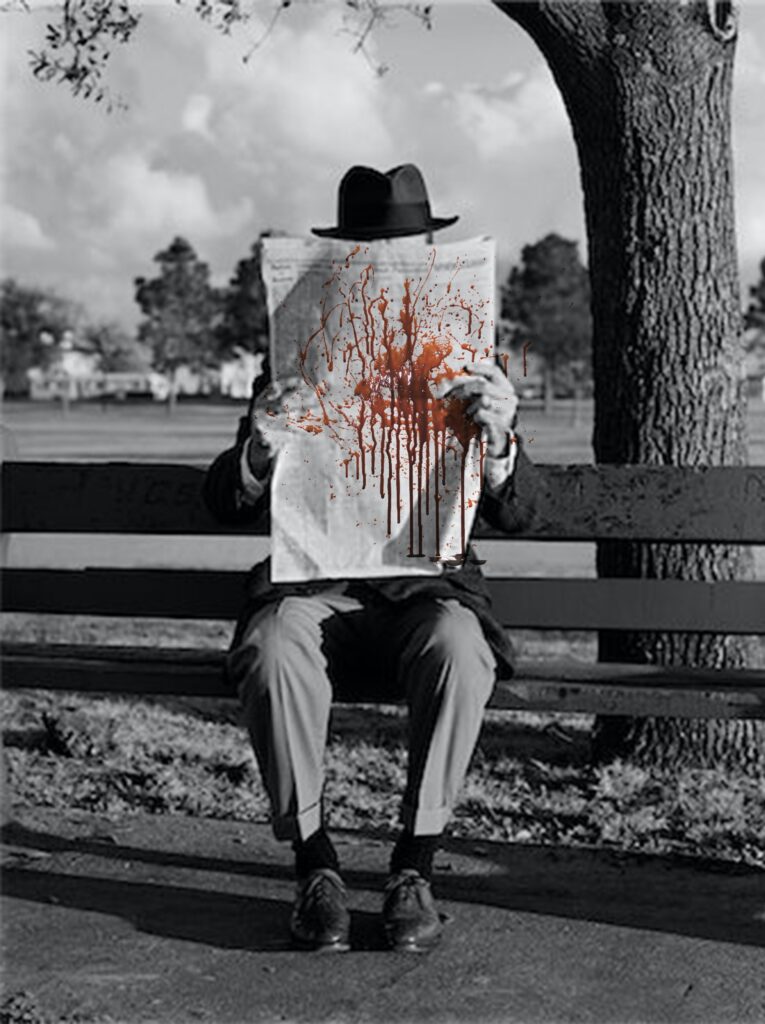Just like the rest of America, I watched HBO’s retelling of Dylan Farrow’s and Woody Allen’s trial by media, “Allen V. Farrow.” And, like most of America, I didn’t find anything remarkable in it. It was without a doubt powerful and moving to see adult Farrow telling the story from her perspective, uncensored and verbatim in all its horror, but “Allen V. Farrow” still doesn’t deviate hugely from your average true-crime schlock; somber music, grainy vintage footage, salacious voiceovers, and although it has no narration, it has enough predatory monologues from Allen to make up for it. So all that in mind, it’s no surprise that “Allen V. Farrow” didn’t remain in my head much until it went out the other ear, at least not until I saw a few odd editorials that stuck out from the mostly glowing reviews that asked important questions: who is “Allen V. Farrow” helping? Is it exploitative? Is that exploitation somehow worth it?
These are questions that are relevant to all journalism, crime journalism especially, so as the staff of the Campanil we sat down to try and answer some questions of our own. I told my colleagues what I had watched and read, and I asked them: as consumers, potential true crime fans and as journalists, how can we cover sensitive and sensational subjects without exploiting them?

As writers for the Campanil, we believe that it is our moral imperative as journalists to avoid the exploitation of the subject by covering them in a way where they receive a direct benefit when appropriate. We also believe that one of the best ways to understand the function and practice of exploitative journalism is to look at the true-crime genre; while it’s not commonly covered in the Campanil, there’s no shortage of coverage elsewhere online, its quality ranging from respectful investigative journalism to shock-jockeying clickbait. (See: “The Thin Blue” line as opposed to the Oxygen network.)
